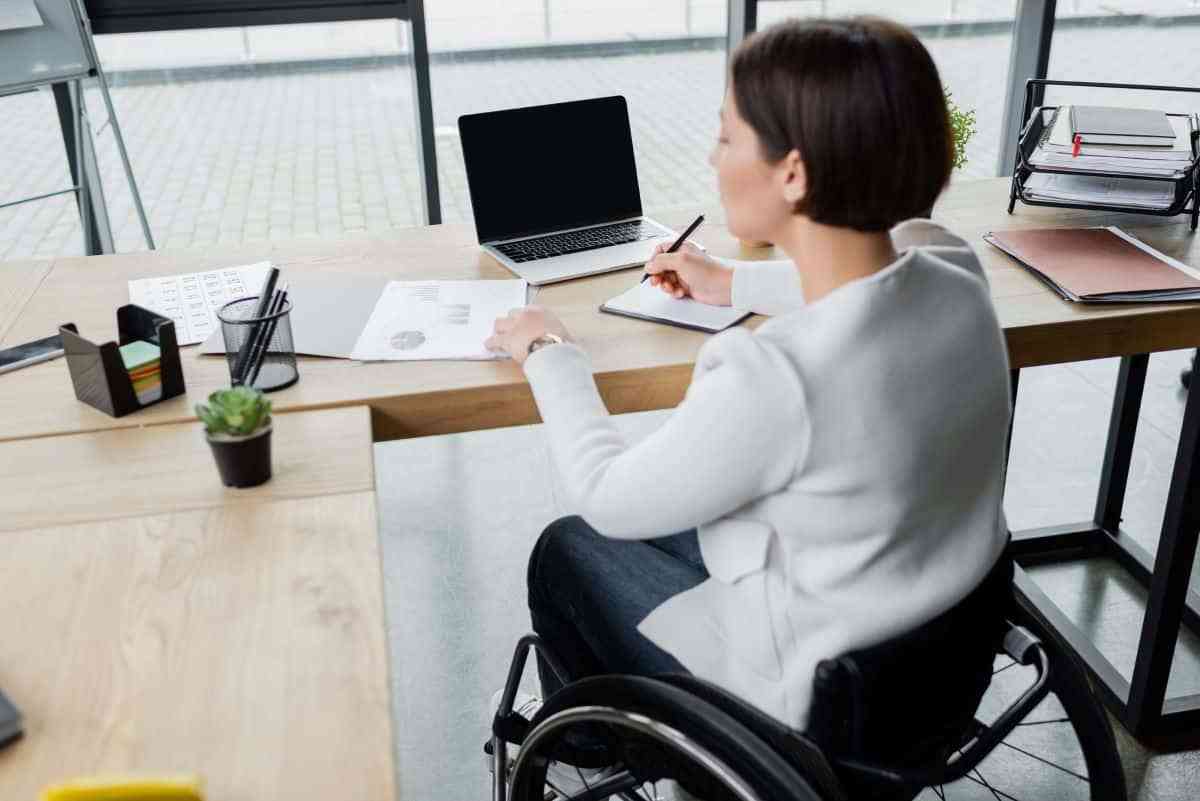
The knee joint is complex and plays a vital role in our mobility and overall well-being. However, knee injuries are all too common and can have long-lasting effects on our daily lives. In this article, we'll delve into five common knee injuries: ACL (anterior cruciate ligament) tear, meniscus tear, patellar tendinitis, knee bursitis, and osteoarthritis. We'll explore their causes, symptoms, and treatment options suggested by some of the best physical therapy clinics — and most importantly, we'll discuss strategies for managing the long-term effects of these injuries.
By understanding these common injuries and implementing appropriate management techniques, you can regain control of your knee health and lead a fulfilling, active life.
Common Knee Injuries
Here are the most common types of knee injuries and how they are treated.
ACL Tear
An anterior cruciate ligament (ACL) tear is a prevalent and potentially debilitating knee injury that frequently occurs during sports or activities that involve sudden changes in direction, jumping, or pivoting. Understanding the causes, symptoms, and diagnosis of ACL tears is crucial to facilitate early intervention and optimize long-term management.
ACL tears often involve high-impact or non-contact injuries. Factors such as improper landing, sudden stops or shifts in direction, and direct blows to the knee can all contribute. Common symptoms include a “popping” sensation at the time of injury, immediate swelling, instability, and difficulty bearing weight.
When it comes to treatment options, surgical intervention will be likely, particularly if you engage in high-demand physical activities or experience significant knee instability. Surgical techniques, such as ACL reconstruction, aim to restore the stability and function of the knee joint by replacing the torn ligament with a graft. Rehabilitation protocols, which include physical therapy exercises, strength training, and balance exercises, are vital for optimizing recovery and regaining strength and stability in the knee.
Meniscus Tear
The meniscus, a cushion-like cartilage located between the thigh bone (femur) and the shinbone (tibia), is susceptible to tears resulting from both traumatic injuries and degenerative changes.
Meniscus tears can occur due to sudden twisting or pivoting movements, deep squats, or direct blows to the knee. Degenerative tears, on the other hand, are often associated with the natural wear and tear that accompanies aging. Common symptoms of a meniscus tear include pain, swelling, stiffness, limited range of motion, and a sensation of the knee “locking” or “catching” during movement. Diagnostic methods, such as physical examination, imaging tests (such as MRI or ultrasound), and sometimes arthroscopy, are used to confirm the diagnosis and assess the severity of the tear.
Physical therapy focuses on strengthening the surrounding muscles, improving joint stability, and restoring range of motion. Surgical treatment, such as arthroscopic meniscus repair or partial meniscectomy, may be considered for more significant tears or cases where conservative measures have not provided sufficient relief. Following treatment, post-operative rehabilitation and ongoing care can optimize long-term knee function.
Patellar Tendinitis
Patellar tendinitis, commonly known as jumper's knee, is an overuse injury that results in pain and inflammation in the patellar tendon, the tissue that connects the kneecap (patella) to the shinbone (tibia). Understanding the risk factors, symptoms, and diagnostic approaches for this condition is essential for effective management and prevention of long-term disability.
Risk factors for patellar tendinitis include repetitive jumping or landing activities, sudden increases in training intensity, inadequate warm-up or stretching, muscle imbalances, and improper biomechanics. you experiencing patellar tendinitis may notice symptoms such as pain and tenderness below the kneecap, especially during activities that involve jumping, running, or squatting. Swelling and stiffness may also be present.
Diagnostic approaches for patellar tendinitis involve a thorough clinical examination, where a healthcare professional may assess the location of pain, conduct specific tests, and evaluate medical history. In some cases, imaging studies like ultrasound or MRI may be utilized to confirm the diagnosis or assess the severity of the injury.
Knee Bursitis
Knee bursitis occurs when the small, fluid-filled sacs known as bursae, which act as cushions and reduce friction between tendons, ligaments, and bones around the knee joint, become inflamed.
There are several causes of knee bursitis, including repetitive pressure or friction on the knee joint, trauma or injury, prolonged kneeling, overuse, or underlying conditions such as rheumatoid arthritis or gout. you with knee bursitis may experience pain, swelling, warmth, and tenderness around the affected bursa. Range of motion may also be limited, and activities that put pressure on the knee joint can exacerbate the symptoms.
Osteoarthritis
Osteoarthritis, a degenerative joint disease, is one of the most common forms of arthritis and frequently affects the knee joint. It can cause persistent pain, stiffness, swelling, and reduced mobility, significantly impacting an individual's quality of life. Understanding the risk factors, symptoms, and diagnostic methods for knee osteoarthritis is crucial for effective management and maintaining an active and fulfilling life.
Several risk factors contribute to the development of knee osteoarthritis, including age, genetics, obesity, previous joint injuries, and repetitive stress on the knee joint. The symptoms of osteoarthritis include pain during movement, stiffness, tenderness, a crunching sensation (crepitus), and decreased range of motion. Diagnostic methods for knee osteoarthritis typically involve a combination of medical history assessment, physical examination, imaging studies (such as X-rays or MRI), and sometimes joint fluid analysis to rule out other conditions.
While there is no cure for osteoarthritis, lifestyle modifications play a significant role in long-term management. Alongside taking joint health supplements such as Arthrozene, weight management is crucial, as excess weight places additional stress on the knee joint. Maintaining a healthy weight can help alleviate symptoms and slow down disease progression. Regular exercise, including low-impact activities such as walking, swimming, and cycling, can improve joint flexibility, strengthen muscles supporting the knee, and enhance overall physical function. Physical therapy is often recommended to develop a tailored exercise program, improve joint stability, and provide pain management techniques.
Conclusion
Understanding the five common knee injuries discussed in this article empowers you to take control of your knee health. By recognizing the causes, symptoms, and appropriate treatment options for ACL tears, meniscus tears, patellar tendinitis, knee bursitis, and osteoarthritis, you can effectively manage the long-term effects of these injuries. By implementing a multifaceted approach that combines medical interventions, rehabilitation, lifestyle modifications, and preventive measures, patients can regain strength, reduce pain, and optimize their knee function. With the right knowledge and a proactive mindset, a fulfilling, active life even after knee injuries is within reach.
Follow me down the rabbit hole!
I'm Alice and I live with a dizzying assortment of invisible disabilities, including ADHD and fibromyalgia. I write to raise awareness and end the stigma surrounding mental and chronic illnesses of all kinds.
Dr. Wilson graduated from Rosalind Franklin University of Medicine and Science and completed her residency in Internal Medicine at Advocate Good Shepherd Hospital in Barrington, IL. Dr. Wilson specializes in providing culturally competent and trauma-informed care to patients with physical disabilities. In addition to her private practice, she works as a science communicator, teaching health literacy to middle school and high school students in her local school district.









